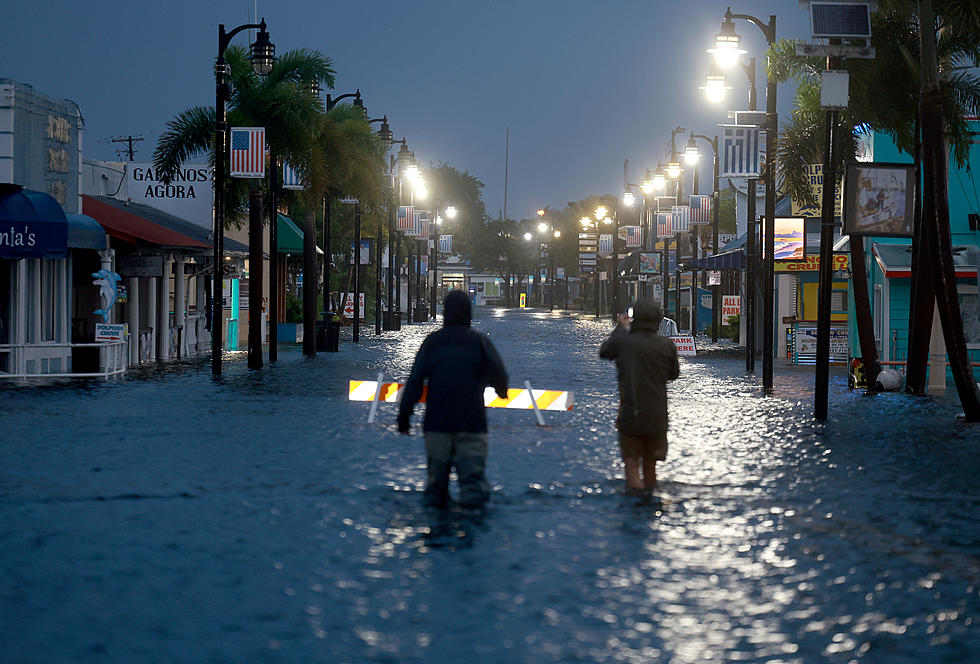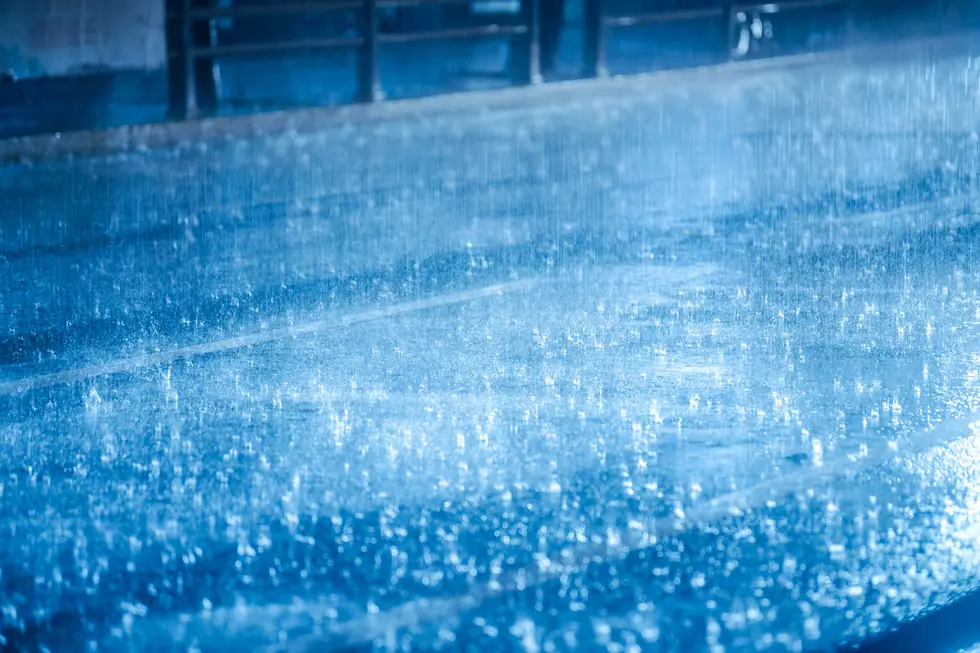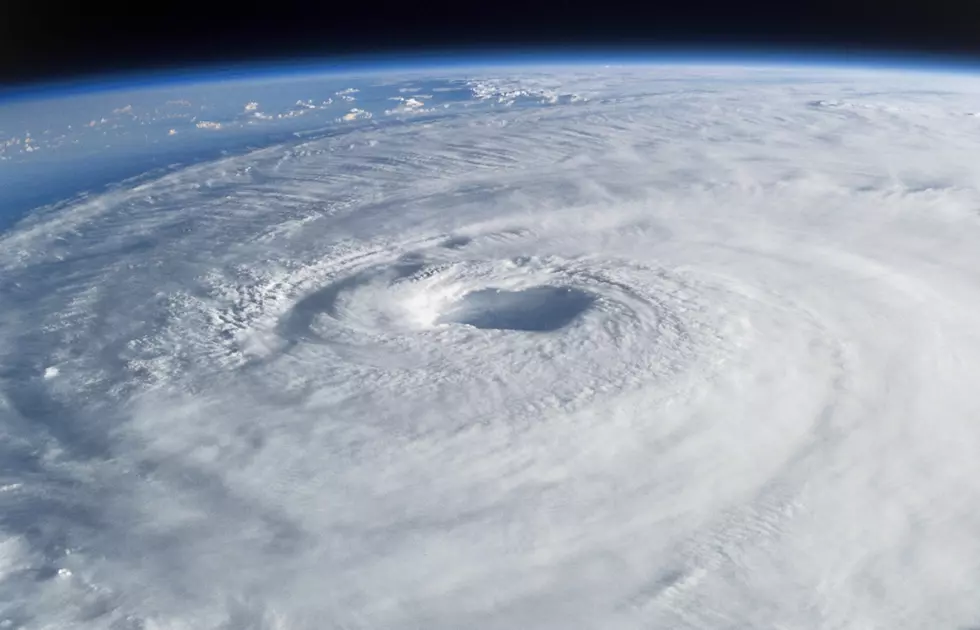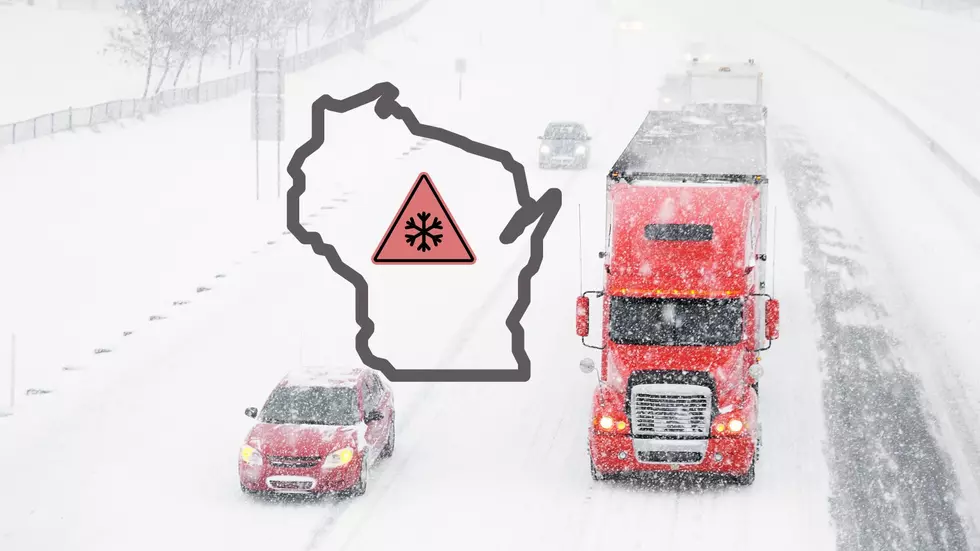
Floodwaters Surge As Tropical Storm Irene Lashes Northeast
New York was spared a storm of hurricane status once Irene hit, but there is still concern.
Trees toppled and streets flooded Sunday as Irene lashed some of the biggest cities in the Northeast with wind gusts and torrential rains.
Even as Irene weakened to a tropical storm, authorities in the region warned that its impact was not waning.
"We're not out of the woods yet. Irene remains a large and potentially dangerous storm," U.S. Homeland Security Secretary Janet Napolitano told reporters as Irene hit New England.
Officials said the storm had knocked out power to more than 4 million people and was responsible for at least 15 deaths in six states.
New Jersey Gov. Chris Christie said flooding in his state was widespread and advised residents to stay indoors.
Streets in downtown Millburn, New Jersey, saw major flooding when the Rahway River overflowed early Sunday morning, said Lt. Peter Eakley, the town's deputy emergency management coordinator."It's crazy. ... The water is moving between buildings, up, down, all sorts of different directions," Rich Graessle told CNN's iReport.
In New York City's lower Manhattan, the Hudson River overflowed. It later receded -- but not before sending massive amounts of water spilling over jogging paths and pouring into at least one nearby apartment building. Water also lapped over the banks of the city's East River early Sunday, but later receded. CNN affiliate WCBS reported serious flooding in Brooklyn.
Before the storm hit, Irene left streets looking barren and desolate in "the city that never sleeps." Shelves upon empty shelves greeted shoppers at stores. Caution tape barricaded the turnstiles at closed subway stops.
More From B105









